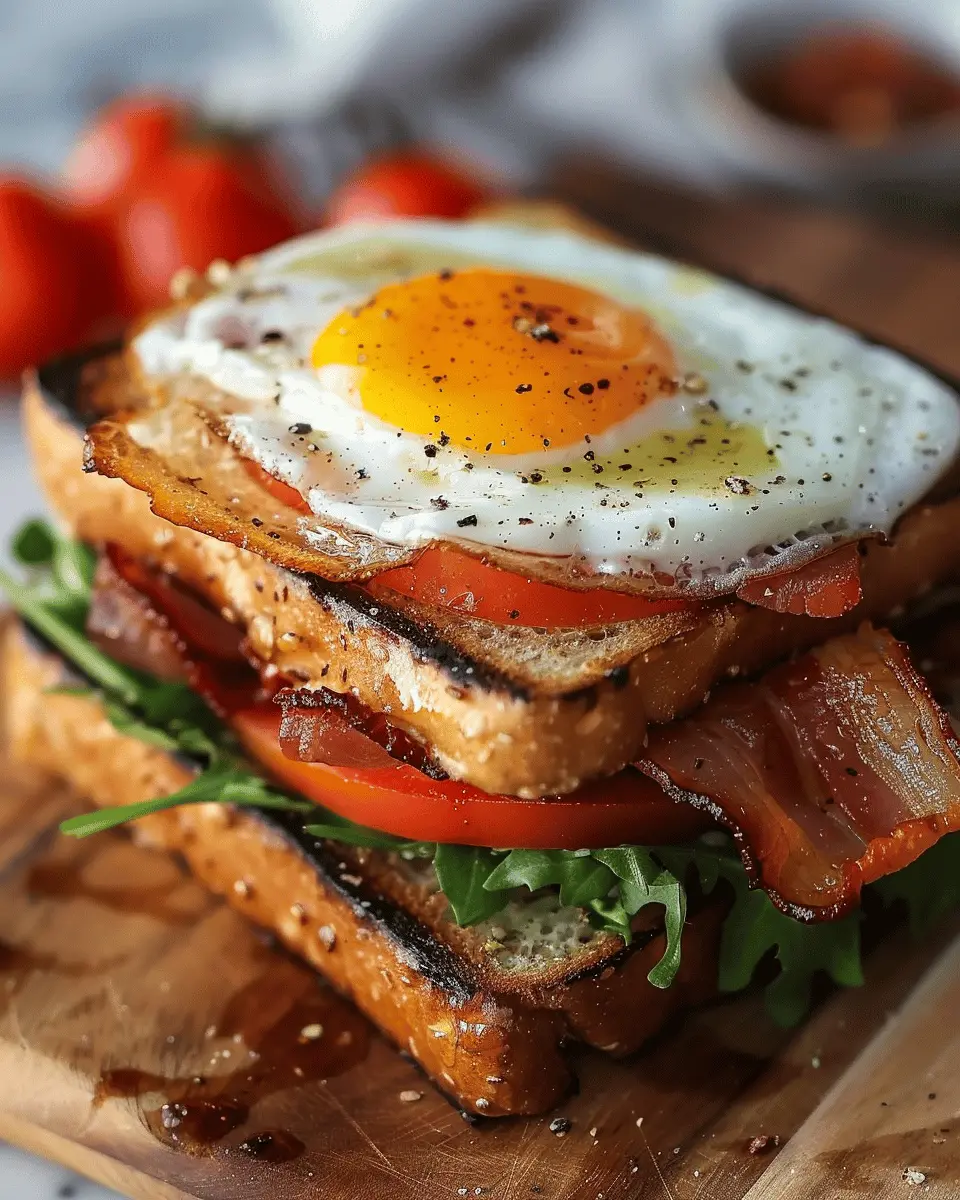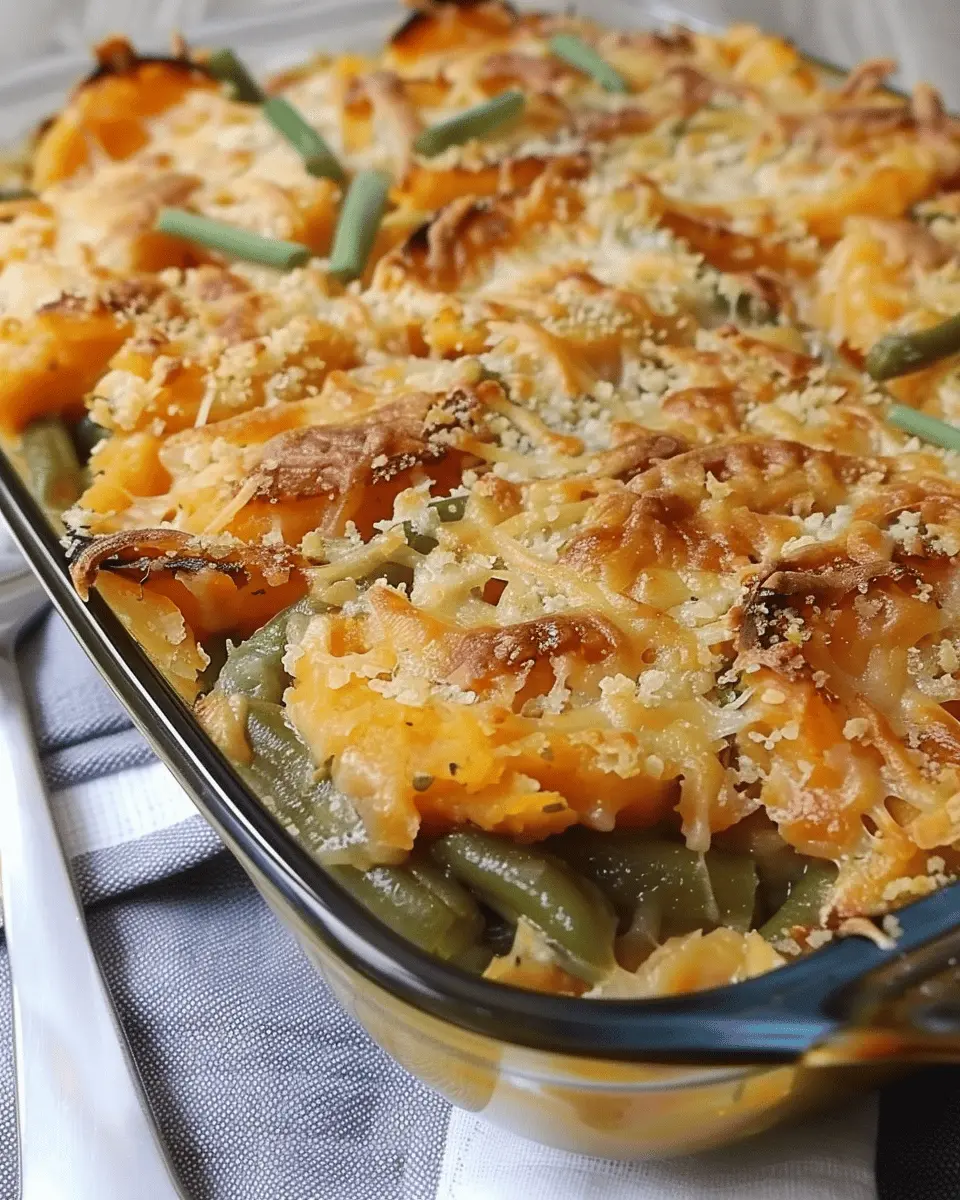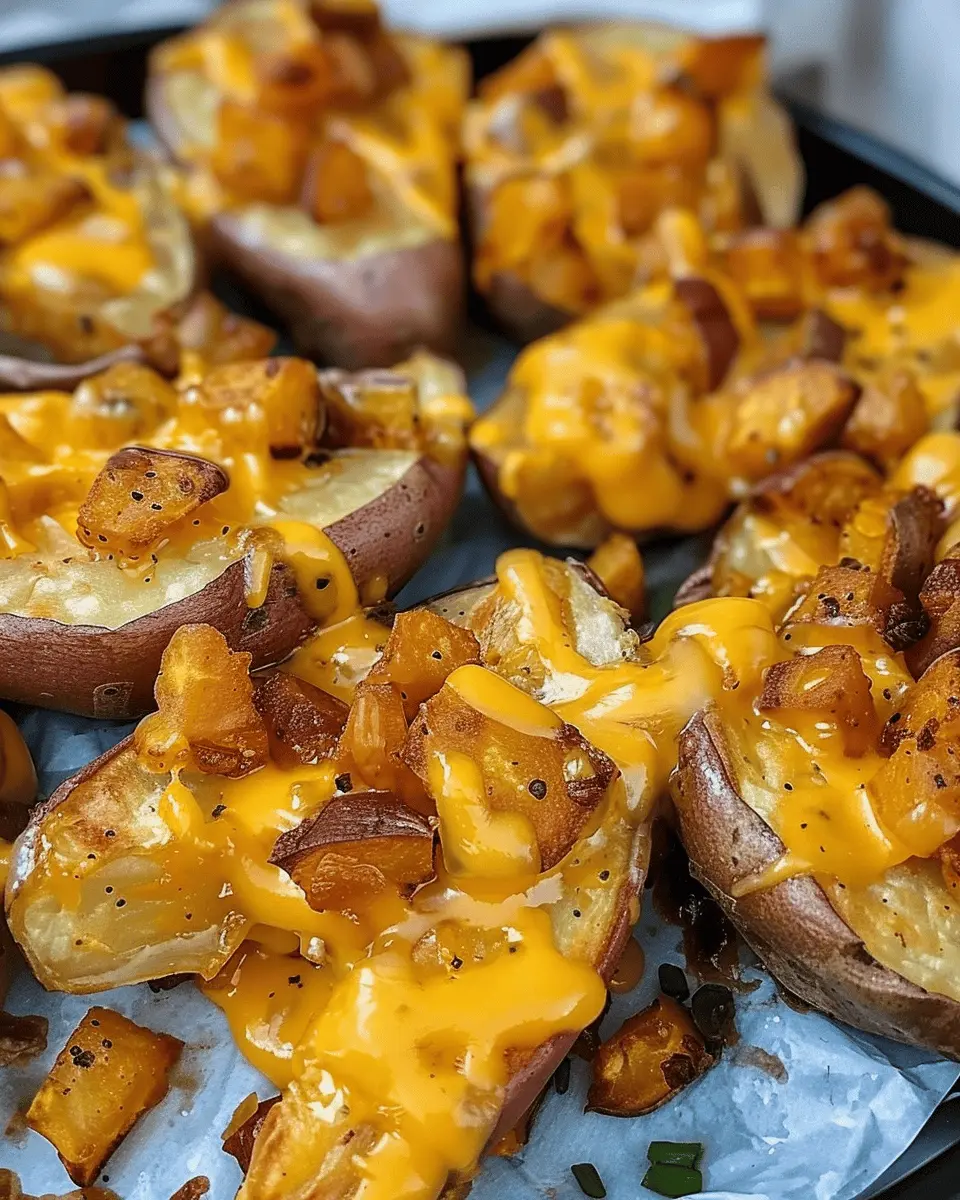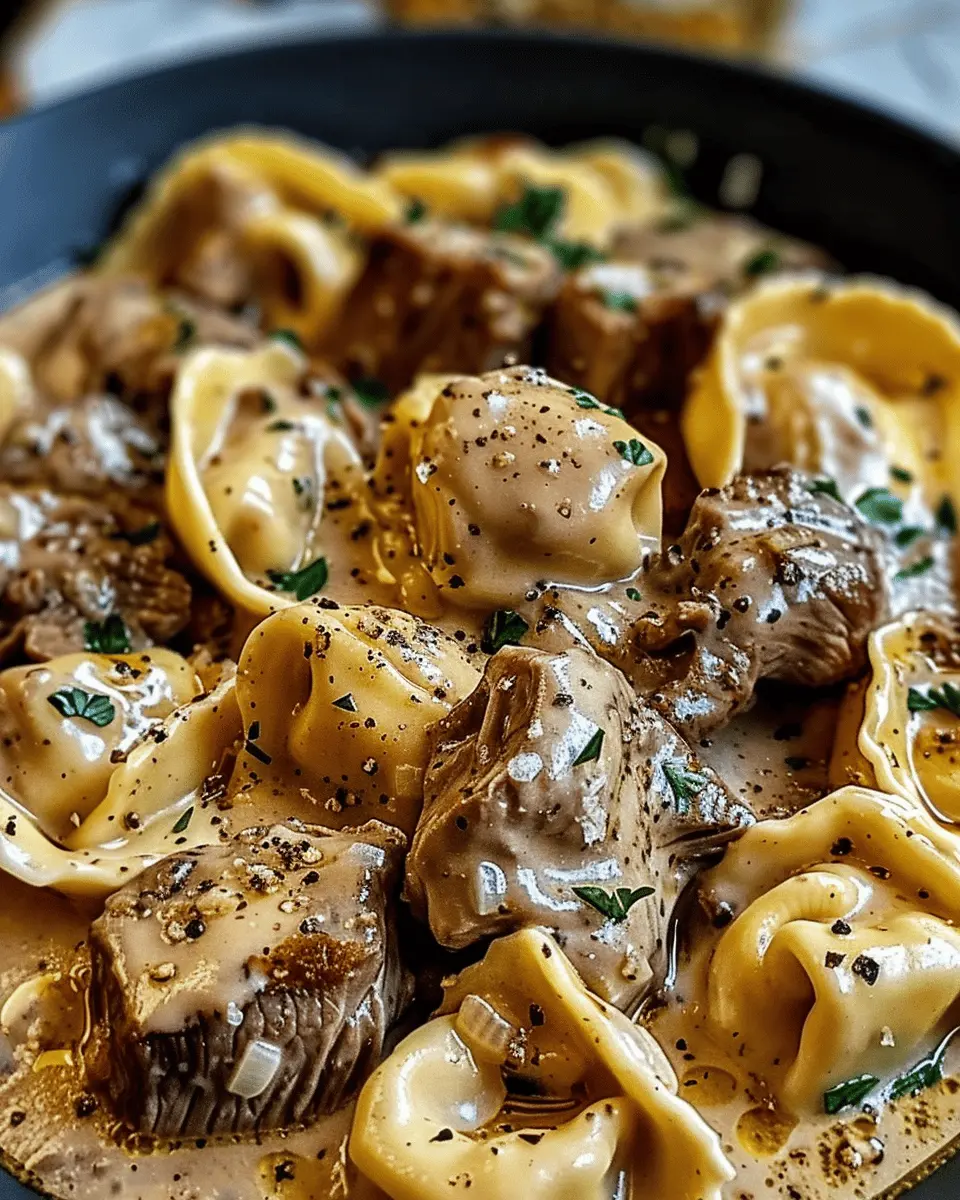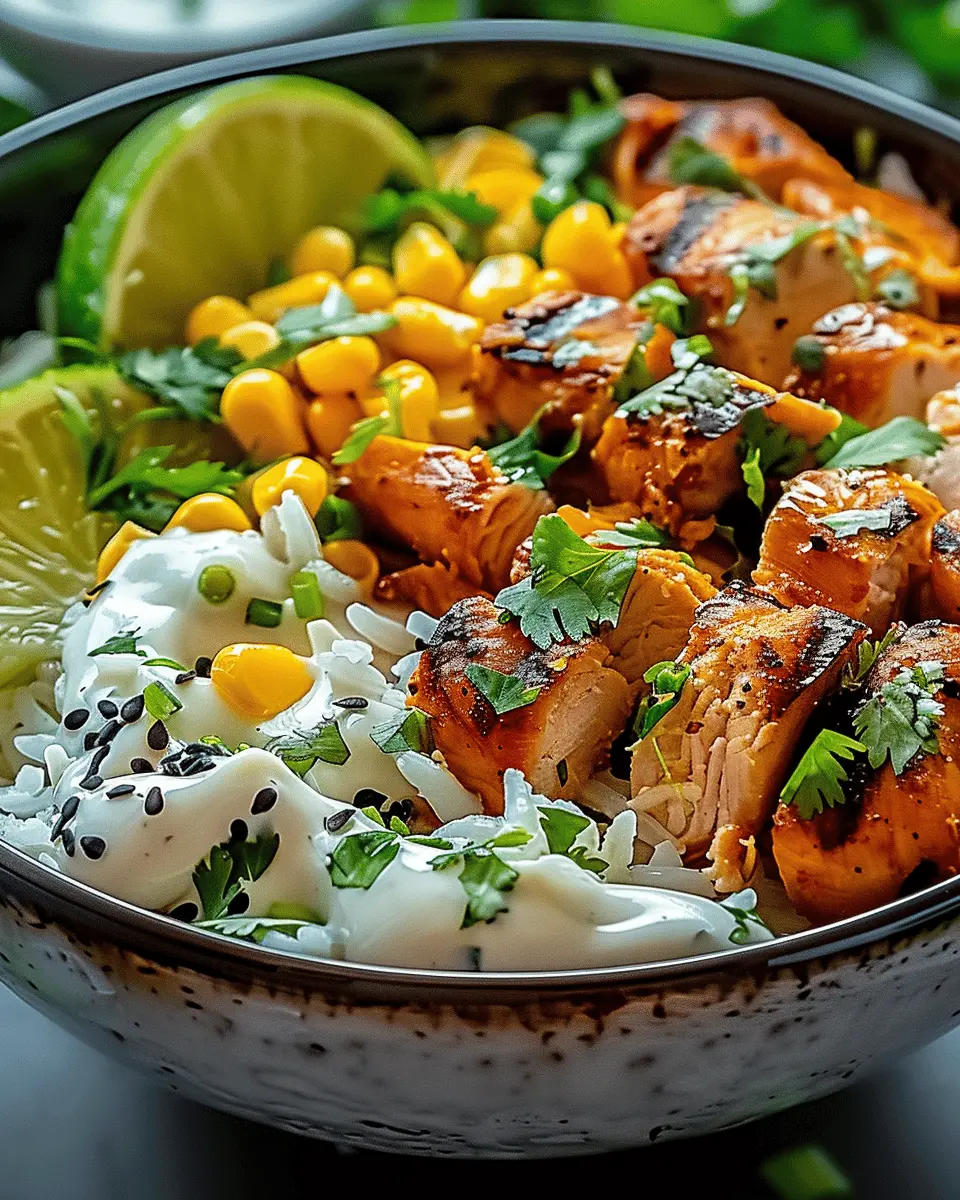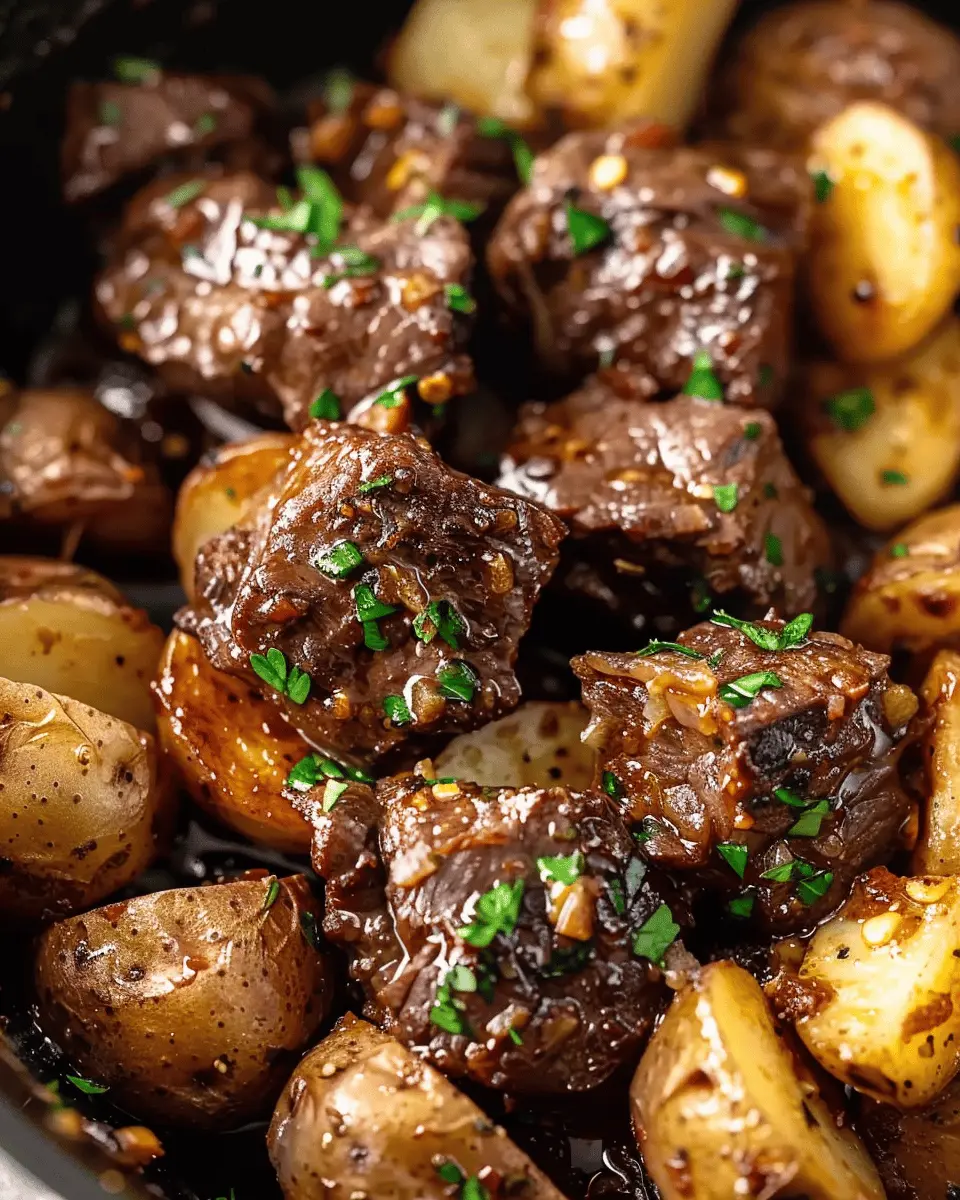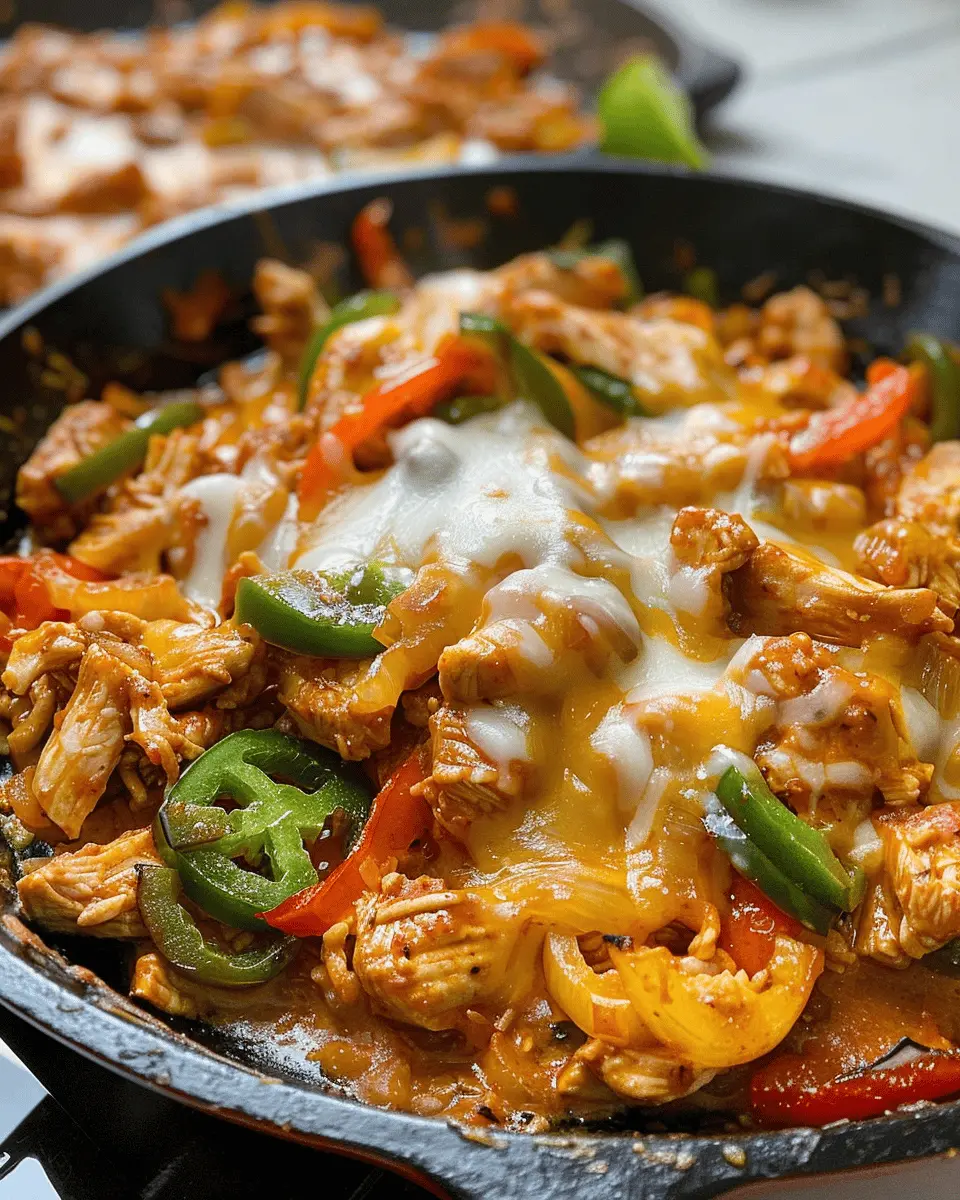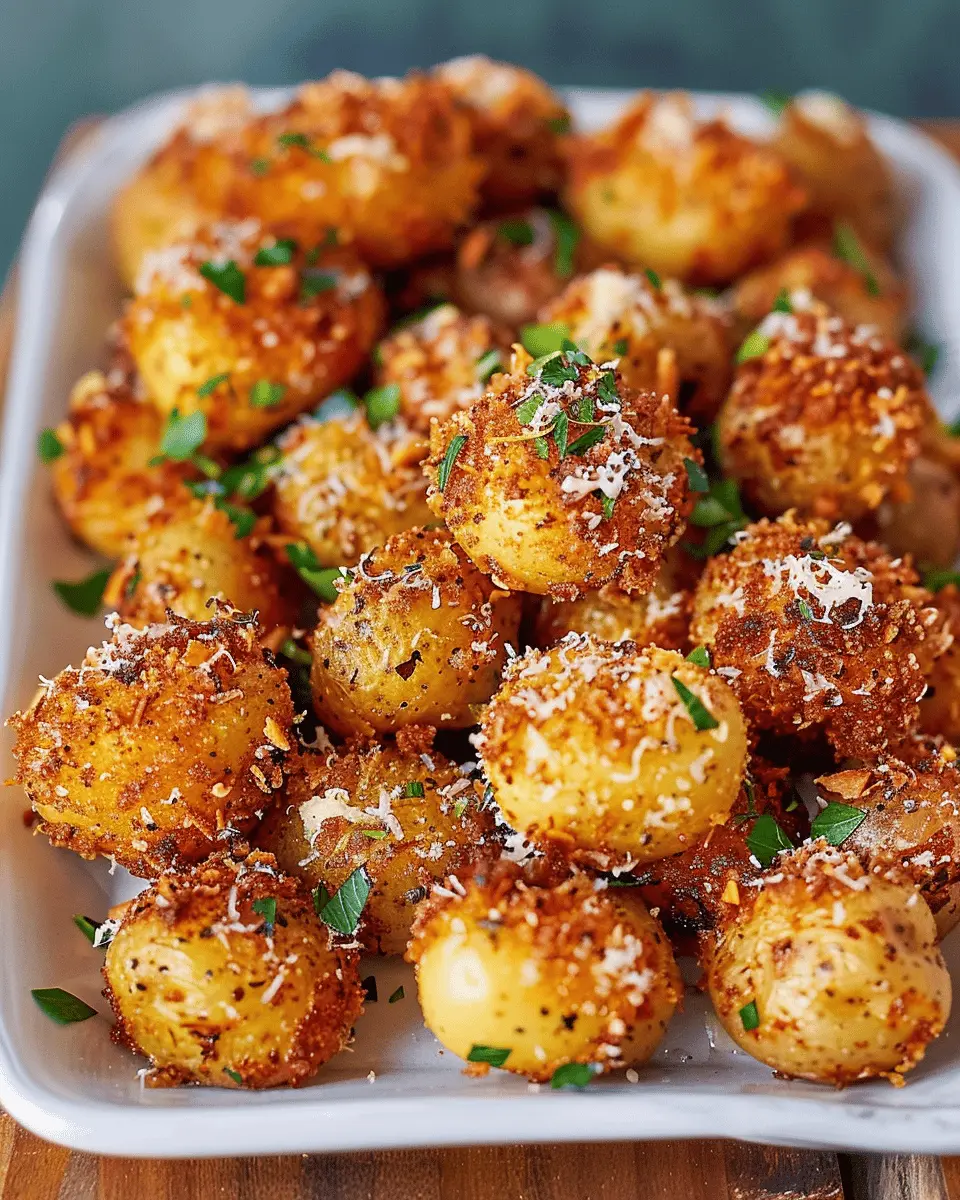Introduction to Low Carb Recipes
In today’s fast-paced world, many people are turning to low carb recipes as a way to maintain a healthier lifestyle while enjoying flavorful meals. With an increasing focus on diet and wellness, these recipes have quickly become the wave of the future. So, what exactly makes low carb meals so appealing?
First off, it’s essential to understand the benefits of reducing carbohydrate intake. Studies suggest that a low-carb diet can lead to weight loss, improved blood sugar levels, and better heart health. According to the American Journal of Clinical Nutrition, participants following a low-carb regimen often experience enhanced energy levels and reduced hunger pangs. This means you can fuel your body without the constant cravings that typically come with higher-carb meals.
With so many ways to prepare low-carb dishes, you don’t have to sacrifice flavor. Imagine indulging in a savory plate of grilled chicken ham with a zesty avocado salsa, or a creamy garlic mushroom dish with turkey bacon. These meals not only satisfy your taste buds but also align with your health goals. Plus, the versatility of low-carb ingredients makes it easy to create exciting meals tailored to your palate.
If you think low-carb means bland or boring, think again! By incorporating various herbs and spices, you can elevate your dishes, transforming simple ingredients into culinary masterpieces. Websites like Healthline and Mayo Clinic offer extensive resources on the benefits of low-carb eating and tips on how to make the most of your meal prep.
Getting started with low-carb cooking is simpler than you might think. Begin by stocking your kitchen with essentials like leafy greens, lean proteins, healthy fats, and low-carb vegetables. Don’t hesitate to get creative—experimenting with flavors can lead you to some of your new favorite dishes. Trust me; you’ll find that eating low carb can be both fun and delicious!
In the upcoming sections, we’ll dive into specific low carb recipes that prove eating healthy doesn’t mean giving up on taste. Prepare to be inspired and ready to whip up some meals that will delight your senses and nourish your body!
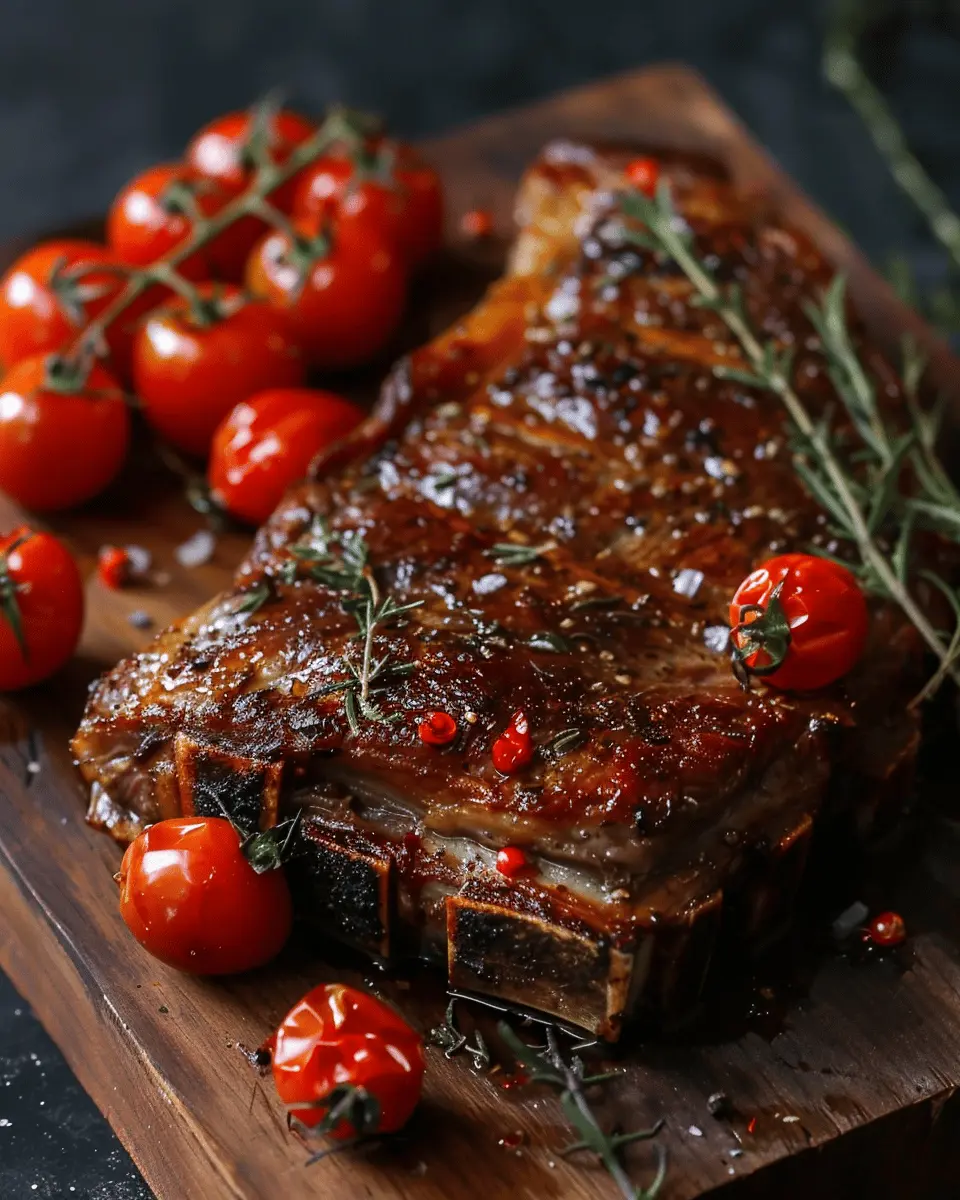
Key Ingredients for Low Carb Recipes
When diving into low carb recipes, knowing the key ingredients can significantly elevate your cooking game. Here’s a quick guide to help you stock your kitchen effectively.
Lean Proteins
Lean proteins are essential for any low carb meal. Think Turkey Bacon, Chicken Ham, and beef cuts like sirloin or tenderloin. These options are not only nutrient-dense but also keep you fuller for longer, making them ideal for weight management. Incorporating protein-rich foods can help control cravings throughout the day.
Fresh Vegetables
Don’t shy away from colorful fresh vegetables! They add vital nutrients and fiber without spiking your carb intake. Spinach, zucchini, bell peppers, and broccoli are all fantastic choices. Not only are they low in carbs, but they’re also packed with antioxidants, enhancing your overall health.
Healthy Fats
Healthy fats are crucial in keeping your meal satisfying and flavorful. Incorporate sources like olive oil, avocado, and nuts. These fats promote heart health and can aid in nutrient absorption. A study by the American Heart Association suggests that including healthy fats can be beneficial in a balanced diet.
Low-Carb Substitutes
Finding alternatives can make or break your cooking experience. Swap traditional pasta for zucchini noodles or use cauliflower rice instead of regular rice. These substitutes allow you to enjoy your favorite dishes while sticking to your low carb recipes goal, making sustainable eating easier and more enjoyable.
For more creative ideas, check out Healthline for an extensive list of low-carb foods. Remember, the more variety you have in your meals, the more enjoyable they’ll be!
Preparing Low Carb Recipes
Cooking healthy doesn’t have to be complicated, especially when you’re diving into the world of low carb recipes. The following steps outline a simple yet effective approach to creating delicious meals that fit your lifestyle. Whether you’re a seasoned chef or a complete beginner, these tips will make your experience enjoyable and stress-free.
Gather All Ingredients
Before you even think about turning on the stove, you need to make sure you have everything you need. This can save you time later and keep you focused on cooking. Here’s a straightforward checklist for your low carb recipes:
- Lean proteins: chicken, turkey bacon, chicken ham, beef
- Fresh vegetables: leafy greens, bell peppers, zucchini, cauliflower
- Healthy fats: olive oil, avocados, nuts
- Low-carb seasonings: herbs, spices, garlic, onion powder
Having all your ingredients prepped and ready to go not only makes your cooking process smoother but also helps prevent those last-minute dashes to the grocery store. Plus, it allows you to be more creative as you whip up your meals.
Prep Your Proteins
Once you’ve gathered your ingredients, it’s time to focus on your proteins. If you’re using chicken ham or turkey bacon, ensure to cut them into bite-sized pieces. This helps them cook evenly and makes them easier to integrate into your dishes.
Beef can be seasoned and marinated in advance. Consider using simple marinades of olive oil, garlic, and your choice of herbs to infuse flavor. Did you know that marinating meats can increase tenderness and enhance flavor? According to health experts, this step can make a significant difference in taste, especially for lean meats.
Chop and Prepare Vegetables
Now that your proteins are dealt with, let’s move on to the veggies. Fresh vegetables are the backbone of low carb recipes, providing not just nutritional value but also vibrant colors and textures to your meals. Here’s how to get them ready:
- Wash thoroughly to remove any dirt or pesticides.
- Chop them into uniform pieces for even cooking. For example, cubic cuts for peppers or thin slices for zucchini work well.
- Keep veggies like cauliflower whole if you plan to roast them; this retains their moisture and flavor.
Using a high-quality chef’s knife can make a big difference and make your chopping faster and safer. If you want to give yourself a quicker start in the kitchen, consider investing in a food processor, which can save you time and effort.
Combine Ingredients Effectively
With your proteins and vegetables ready, it’s time to bring everything together. Try to layer your flavors:
- Start by cooking the proteins in a little olive oil over medium heat until they are golden brown.
- Add your vegetables in stages, beginning with the ones that take longer to cook, such as bell peppers or carrots, followed by softer ones like spinach or zucchini.
- Season throughout the cooking process to build up complex flavors.
Combining ingredients effectively can transform an ordinary meal into an extraordinary one! Don’t hesitate to experiment with spices and herbs. A dash of turmeric or a handful of fresh basil can elevate your dish significantly.
Cook Your Low Carb Meals
Now, let’s talk about the last step: cooking! Whether you’re sautéing, baking, or grilling, make sure to adjust cooking times based on your chosen method:
- For sautéing, cook for about 8-10 minutes, stirring frequently.
- When baking, preheat your oven to 375°F (190°C) and cook until the proteins are fully cooked (usually around 20-30 minutes).
- Always use a meat thermometer to check for doneness, particularly with chicken, which should reach an internal temperature of 165°F (74°C).
As you cook your low carb recipes, keep an eye on the texture and aroma—it’s all part of the process. Share your creations with friends or colleagues; they’ll appreciate your effort (and you may inspire them to undertake a healthier lifestyle)!
Making your low carb dishes can be a fun and fulfilling journey. Embrace the process and enjoy the delicious results. Happy cooking!

Variations on Low Carb Recipes
Meat-based Low Carb Dishes
When it comes to low carb recipes, meat can be a fantastic centerpiece. Think beyond ordinary beef steaks and try out some tantalizing variations. For instance, you can create a scrumptious Turkey Bacon-wrapped asparagus. This dish not only satisfies your carb cravings but also packs a flavor punch. Looking to cook something hearty? How about a zesty beef stir-fry loaded with colorful bell peppers and broccoli? Not only are these meals filling, but they’re also packed with protein, making them perfect for maintaining energy throughout your busy day.
You may also want to explore alternatives like chicken ham or even grilled shrimp. A recent study from Healthline highlights that lean proteins can help in weight management and muscle retention, which is essential if you’re on a low-carb diet.
Vegetarian Low Carb Options
Don’t fret if meat isn’t your thing—you can still enjoy vibrant and satisfying low carb recipes as a vegetarian. Cauliflower rice has become an excellent substitute for traditional grains; consider whipping up a stir-fried cauliflower rice with your favorite veggies and spices. It’s easy, bursting with flavor, and keeps the carb count low.
Another delightful option is zucchini noodles. Toss them in a homemade pesto with cherry tomatoes for a fresh, light meal. If you crave something creamy, a spinach and avocado salad drizzled with lemon vinaigrette can be both refreshing and nutritious. It’s not just about being low-carb; it’s about delighting in the flavors that are equally beneficial for your body.
Remember, eating low carb can be fun and diverse! For more inspiration, check out this comprehensive guide on low-carb diets to elevate your meal planning.
Cooking Tips and Notes for Low Carb Recipes
Essential Cooking Techniques
When diving into the world of low carb recipes, it’s key to master a few essential techniques that elevate your dishes. First off, sautéing vegetables to perfection not only enhances flavor but also preserves essential nutrients. Using methods like roasting or grilling can bring out the natural sweetness in vegetables, making them a satisfying side. For proteins, try poaching or air frying—both are excellent for keeping your meals juicy while reducing unnecessary fats.
Ideal Cooking Utensils
Equipping your kitchen with the right tools makes all the difference. A solid set of non-stick pans is invaluable, especially for those egg-based low carb recipes or stir-fried veggie medleys. A sharp chef’s knife will help you chop ingredients more efficiently, while a spiralizer can turn veggies into fun noodles—perfect for substituting traditional pasta in your meals.
For more insights on healthy cooking techniques, check out resources like the American Heart Association for expert tips. Remember, quality utensils not only aid in ease of cooking but also make the process more enjoyable!
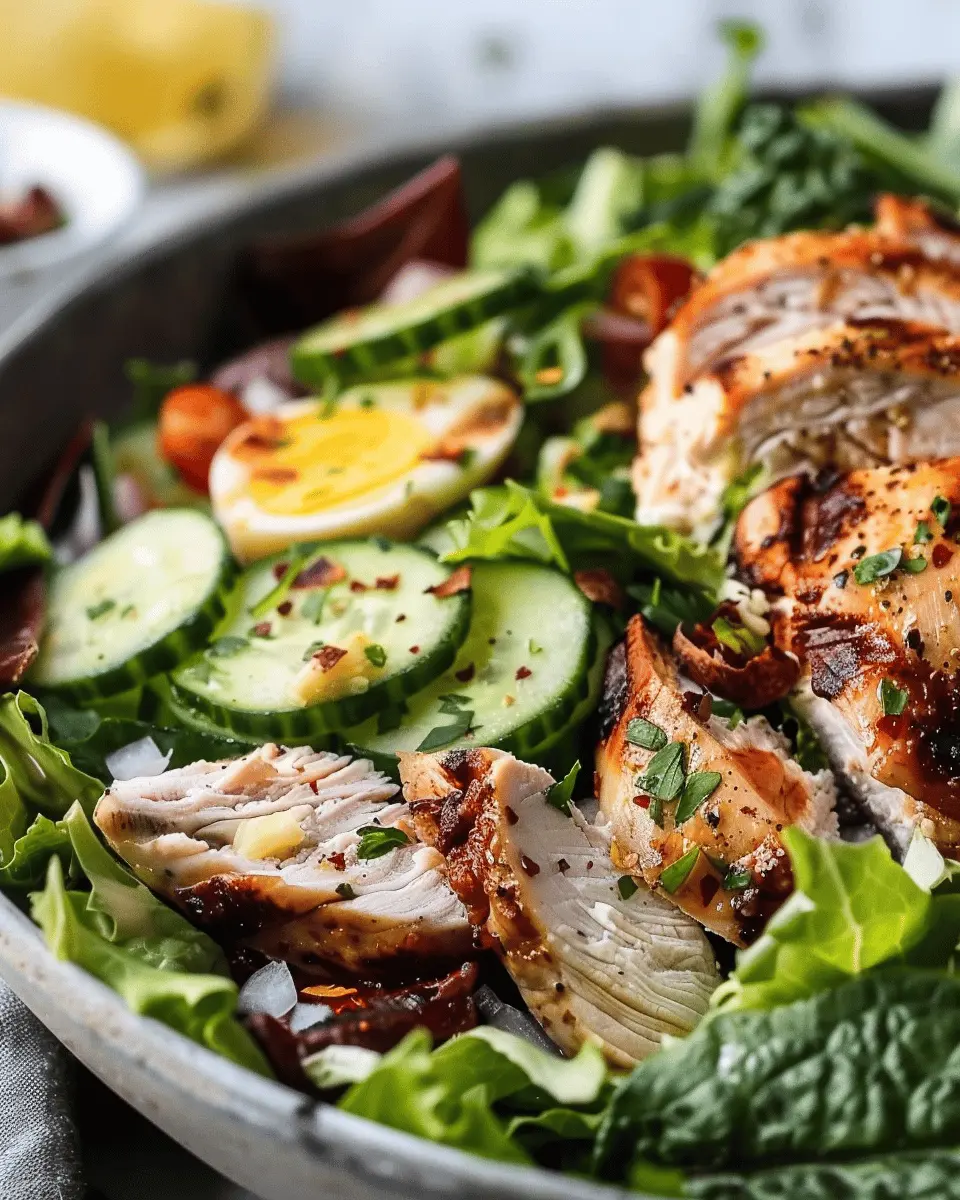
Serving Suggestions for Low Carb Recipes
Plating your low carb dishes
When it comes to presenting your low carb recipes, the visual appeal can take your meal to the next level. Start with a clean, white plate to make vibrant colors pop. Think about layering your ingredients; for instance, placing sautéed greens underneath a protein like grilled chicken can create an inviting contrast. Adding depth with height can also make your dish look gourmet—a simple way to impress your guests.
Complementary sides and garnishes
Pairing side dishes with your low carb recipes is essential for a well-rounded meal. Consider these delicious options:
- Roasted vegetables: Zucchini, bell peppers, and asparagus are not only low in carbs but also bursting with flavor.
- Cauliflower mash: A fantastic alternative to traditional mashed potatoes, it’s creamy and satisfying.
- Herb-infused oils: Drizzle some basil or rosemary oil over your finished dish for a flavorful touch that brightens the plate.
For a refreshing drink, opt for infused water with lemon or mint. It’s a simple yet elegant way to cleanse the palate after your meal. Remember, a little creativity and thoughtfulness in your presentation can make your low carb meals truly memorable!
If you’re looking for more inspiration, check out this article for deeper insights into low carb lifestyle choices.
Time Breakdown for Low Carb Recipes
When diving into the world of low carb recipes, it’s essential to manage your time effectively. Here’s a quick breakdown to help you plan your culinary adventure.
Preparation Time
Most low carb recipes can be prepped in 10 to 20 minutes. This is your chance to chop veggies, measure ingredients, and get everything organized. Think of it as getting your kitchen ready for a mini show!
Cooking Time
Depending on the dish, cooking can take anywhere from 15 to 30 minutes. Whether you’re sautéing turkey bacon or grilling chicken ham, these recipes come together quickly, making them perfect for busy weeknights.
Total Time
In total, you’re looking at about 30 to 50 minutes from start to finish. This efficient timeframe allows you to enjoy a healthy meal without sacrificing your precious evening hours. Plus, check out beginner-friendly resources from Healthline for more tips on quick and nutritious meals.
By splitting your time wisely, you set yourself up for success in cooking delicious low carb recipes! So, are you ready to get started?
Nutritional Facts for Low Carb Recipes
When exploring low carb recipes, understanding the nutritional breakdown can help you make informed choices. Here’s a quick overview of some key nutritional facts.
Calories
Most low carb recipes are designed to be lower in calories, making them great for those looking to manage their weight. By focusing on whole ingredients and healthy fats, you can enjoy satisfying meals without the extra calories.
Protein
Protein is a star player in many low carb recipes. Ingredients like chicken ham or turkey bacon contribute significant amounts of protein, which is essential for muscle repair and keeping you full longer. Research shows that higher protein diets can boost metabolism, making it a fantastic option for your meal plans.
Carbohydrates
The hallmark of low carb recipes is their reduced carbohydrate content. By replacing traditional grains and sugars with nutritious alternatives, you can enjoy flavorful meals while minimizing blood sugar spikes. This approach can support a balanced lifestyle, often linked with improved energy levels and better overall health.
For more detailed nutritional insights, consider checking reputable sources like Healthline or the Mayo Clinic’s Healthy Diet Information.
FAQs about Low Carb Recipes
What are the benefits of low carb meals?
Switching to low carb recipes can offer a range of benefits that resonate with many young professionals looking to boost their energy and health. Research indicates that reducing carbohydrate intake can help with weight management and improve metabolic health. Studies suggest that low-carb diets can lead to reduced hunger levels and greater fat loss, making it easier to maintain a healthy weight over time (see more on Healthline).
How can I make low carb recipes more flavorful?
A common concern with low carb recipes is that they might lack flavor. However, creating delicious dishes is all about using the right herbs and spices! Here are some tips to elevate your meals:
- Experiment with seasonings like garlic, cumin, and smoked paprika.
- Incorporate healthy fats such as olive oil or avocado for richness.
- Add a splash of lemon or vinegar to brighten up your meals.
Don’t shy away from using fresh herbs; they can transform a basic dish into something extraordinary!
Can I meal prep low carb recipes?
Absolutely! Meal prepping low carb recipes is not only convenient but also a great way to save time during busy weeks. You can make larger batches of your favorite meals and store them in the fridge or freezer. Low carb soups, grilled chicken, and turkey bacon can be prepped ahead of time, allowing you to enjoy nutritious meals without the daily cooking hassle. Consider investing in quality storage containers that keep your meals fresh, and you’re all set!
For more inspiration on meal prepping, check out this ultimate guide on Budget Bytes. Happy cooking!
Conclusion on Low Carb Recipes
Trying out low carb recipes at home can be an enjoyable and rewarding experience. Whether you’re a seasoned cook or a beginner in the kitchen, these recipes offer a chance to explore new flavors while supporting your health goals. Start small—choose one or two dishes to begin with, and don’t hesitate to customize ingredients to suit your taste.
Cooking at home not only gives you control over what you eat, but it can also be a fun way to bond with friends or family. Plus, it might just become a favorite part of your weekly routine. For inspiration, check out reputable resources like Healthline or Verywell Fit. Ready to embrace low-carb cooking? Let’s get started!
PrintLow Carb Recipes: Delicious Turkey Bacon and Chicken Ham Ideas
Discover delightful low carb recipes featuring turkey bacon and chicken ham that are perfect for your meal prep.
- Prep Time: 10 minutes
- Cook Time: 15 minutes
- Total Time: 25 minutes
- Yield: 2 servings 1x
- Category: Recipes
- Method: Skillet
- Cuisine: American
- Diet: Low Carb
Ingredients
- 4 slices turkey bacon
- 2 cups diced chicken ham
- 1 tablespoon olive oil
- 1 teaspoon black pepper
- ½ teaspoon garlic powder
- ½ teaspoon onion powder
- 1 cup chopped bell peppers
Instructions
- In a skillet, heat olive oil over medium heat.
- Add the turkey bacon and cook until crispy.
- Remove bacon and set aside, then add chicken ham and cook until heated through.
- Stir in bell peppers, garlic powder, onion powder, and black pepper.
- Crumble the bacon back into the skillet and stir to combine.
Notes
- This dish can be served as a breakfast or lunch option.
- For extra flavor, consider adding cheese.
Nutrition
- Serving Size: 1 cup
- Calories: 280
- Sugar: 1g
- Sodium: 800mg
- Fat: 22g
- Saturated Fat: 6g
- Unsaturated Fat: 14g
- Trans Fat: 0g
- Carbohydrates: 5g
- Fiber: 1g
- Protein: 18g
- Cholesterol: 70mg
Keywords: Low Carb Recipes, Turkey Bacon, Chicken Ham
